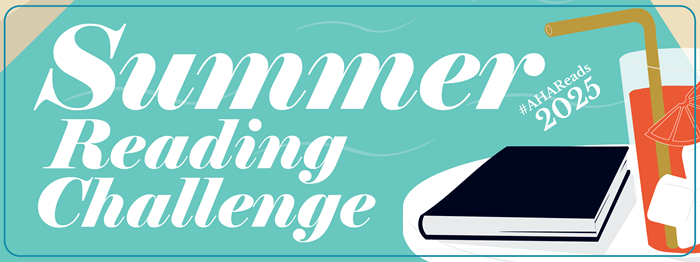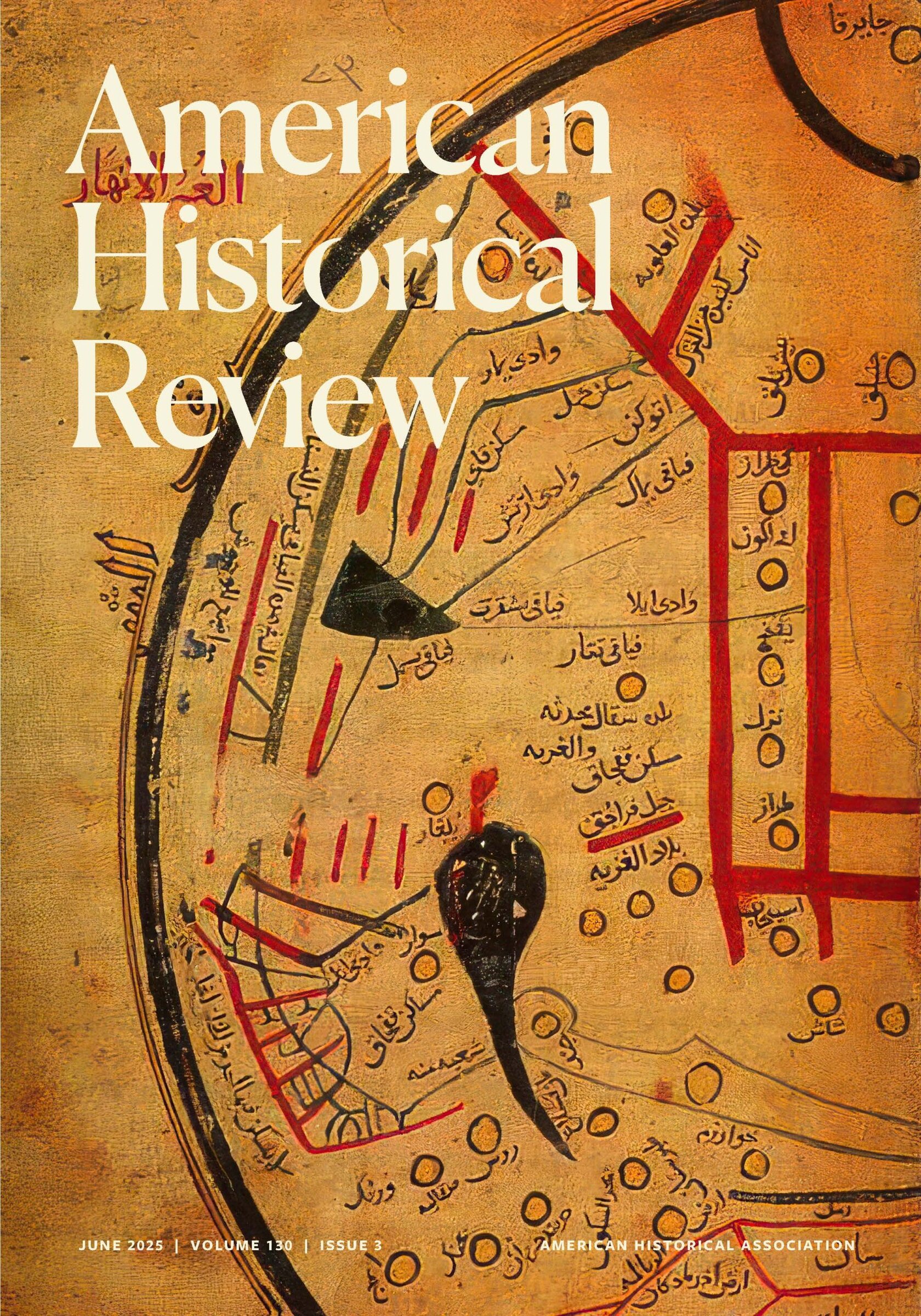On behalf of the Nominating Committee, I am pleased to report the results of the 1994 election for AHA offices. (Elected candidates are indicated with an asterisk.)
Total Ballots Processed 3,642
President (one-year term)
John H. Coatsworth, Harvard Univ. (Latin America, esp. Mexico and Central America; economic and social; international) 2,843
President-elect (one-year term)
*Caroline Walker Bynum, Columbia Univ. (social, religious, and intellectual history of late antique and medieval Europe; women’s history) 2,141
Gerhard L. Weinberg, Univ. of North Carolina at Chapel Hill (modem Europe; modern Germany; diplomatic; World War II) 1,362
Vice President, Teaching Division (three-year term)
*Peter N. Stearns, Carnegie Mellon Univ. (modern U.S. and European social; world) 2,200
Joanna Zangrando, Skidmore Coll. (U.S. social; women’s history; material culture) 1,192
Council Members (three-year terms)
Place 1
Gloria E. Miranda, E1 Camino Coll. (l9th century U.S.; American West; Southwest California; Chicano) 1,485
*David S. Trask, Guilford Technical Community Coll., Jamestown, N.C. (U.S.; social; American West) 1,656
Place 2
Patrick Manning, Northeastern Univ. (African economic and social; world) 1,503
*Barbara N. Ramusack, Univ. of Cincinnati (South Asia; women’s history) 1,566
Division Members (three-year terms)
Professional
*William J. Cronon, Univ. of Wisconsin at Madison (U.S. environmental; frontier and western) 2,201
Robert A. Skotheim, Huntington Library (U.S. cultural) 1,009
Research
Pamela K. Crossley, Dartmouth Coll. (Qing empire; Chinese cultural; Central Asia) 1,473
*Donna J. Guy, Univ. of Arizona (Latin America; Argentina; women’s history) 1,516
Teaching
Donald L. Fixico, Western Michigan Univ. (American Indian; recent U.S.; oral) 1,183
*Evelyn Hu-DeHart, Univ. of Colorado at Boulder (Latin America/Caribbean; ethnic studies) 1,706
Committee on Committees (three-year terms)
Thomas W. Laqueur, Univ. of California at Berkeley (modern Britain; European cultural) 1,558
*Bonnie G. Smith, Rutgers Univ. (modern Europe; France: women and gender) 1,675
Nominating Committee (three-year terms)
Place 1
Lois Scharf, Case Western Reserve Univ. (20th-century U.S.; women’s history; sports) 1,375
*Arthur Zilversmit, Lake Forest Coll. (American intellectual: African American; American education) 1,695
Place 2
*Gordon H. Chang, Stanford Univ. (U.S. foreign relations; Asian American) 1,770
Donald Quataert, Binghamton Univ. (modem Middle East; economic; social) 1,252
Place 3
Carol S. Gruber, William Paterson Coli. (20th-century U.S.; World War I; World War II; U.S. foreign relations) 1,391
*Karen Ordahl Kupperman, Univ. of Connecticut at Storrs (colonial America; Native American) 1,637
The total number of ballots cast was 3,642— 67 fewer than in 1993. Sixty-six ballots arrived after the November 1 deadline and could not be counted. Survey and Ballot Systems, Inc., of Eden Prairie, Minnesota, scanned the ballots and tabulated the results. Only 25 ballots needed to be counted by hand. Some voters registered their opinions about the candidates, and the committee will review these criticisms and comments at its next meeting in February 1995.
The Nominating Committee met in Washington, D.C., on Thursday, February 10, and adjourned before noon on Saturday, February 12, 1994. The committee began its meeting with a discussion of diversity and the importance of keeping in mind the composition of the continuing membership on each committee or division when identifying names for open positions. Specifically, the committee felt that a representative of a two-year institution would be much more effective on the Council than on the Nominating Committee, where different types of knowledge were needed. The committee concluded that elected members associated with K-12 institutions, graduate students, and public history were not necessary for this coming year, but some of them would be for 1995-96. In our closing discussion, the Nominating Committee recommended that forthcoming candidate biography booklets include a list of all current members of each committee with their affiliation and identification so that the membership will have a better sense of the diversity of each committee.
Earlier in the year, with the support of the Nominating Committee, the following appeared in Perspectives:
Dear AHA Members: I am writing to you in my capacity as chair of the 1994 Nominating Committee. Each year the AHA through Perspectives calls upon members to submit names of potential candidates for AHA Council, divisions, and committees. Each year approximately a half dozen names are submitted by the individual named or on behalf of another. This year the response has been the same. I would like to change that pattern and to do so, I need you to help. Please send your own name or that of other individuals you feel would be an outstanding choice by February 1, 1994, to Nominating Committee, Attn.: Sharon K. Tune, American Historical Association, 400 A SL SE, Washington, DC 20003. A few sentences about the candidate is always helpful, but please do not include a full c.v., as the amount of paper generated becomes overwhelming. [This was followed by a list of the positions for which candidates were needed and the institutions already represented on AHA committees.] We were very pleased by the response since there were significantly more names available to us before we began our formal discussions through the efforts of the membership. Every name submitted was given careful consideration for possible positions.
For those unfamiliar with the Nominating Committee’s procedures, our goal is to produce as balanced a race for each position as possible. Before any individual is contacted, a list of four to six names is prepared so that we are always able to have a wide range of possible combinations of candidates. The irony is that virtually no member turns down our invitation to run, but the committee is always prepared in case it must create different combinations of candidates than our first choice.
The first major order of business was identifying candidates for the position of president-elect, and the committee ended on the same topic. The Nominating Committee recommended to the AHA Council modifying the rotational pattern of the AHA presidency codified in 1992. The existing guideline directs the committee to nominate for the position of AHA president-elect historians whose research is outside the fields of either America or western Europe at least once every five years. The committee recommended a three year cycle rotation among the fields of U.S. history, the history of Europe through Russia, and the history of the rest of the world Council reported to the committee that it had declined to modify the requirement, however, noting that the proposed modification would establish a rigid formula that eliminated committee discretion.
Stepping down with me after three years is Evelyn Edson (Piedmont Virginia Community Coll.), whose insight into the concerns of those whose primary responsibilities involved teaching at two-year institutions was extremely valuable. In addition, John Wunder (Univ. of Nebraska at Lincoln), although elected for only a one-year term, was as active a participant as any other committee member. Finally, there are numerous factors that aid a committee in completing its task. Highest on our list is the work of executive associate Sharon K. Tune. She not only ensures that we have the appropriate material in hand before we begin our deliberations, but her incredible hard work, warm personality, and good humor set a standard and tone we all strive to match.
Jere Bacharach
University of Washington
Chair, 1994 Nominating Committee


